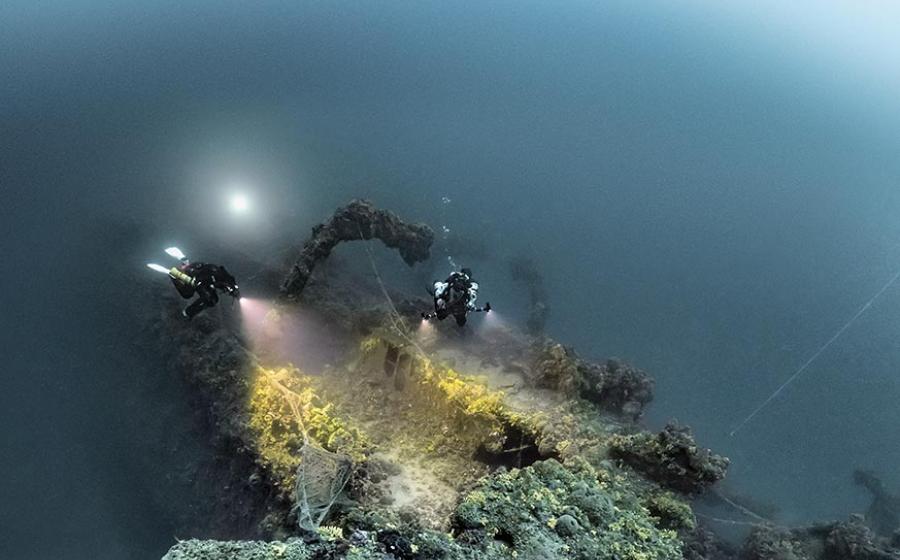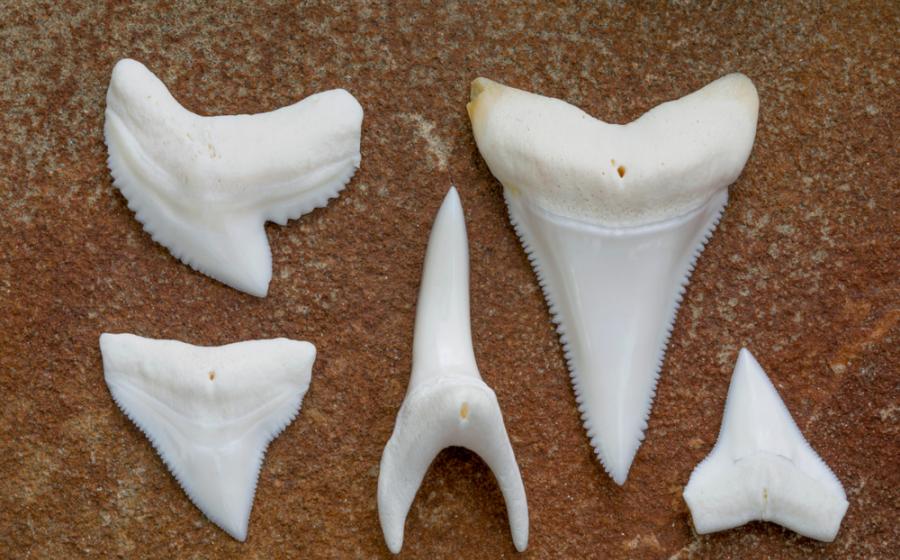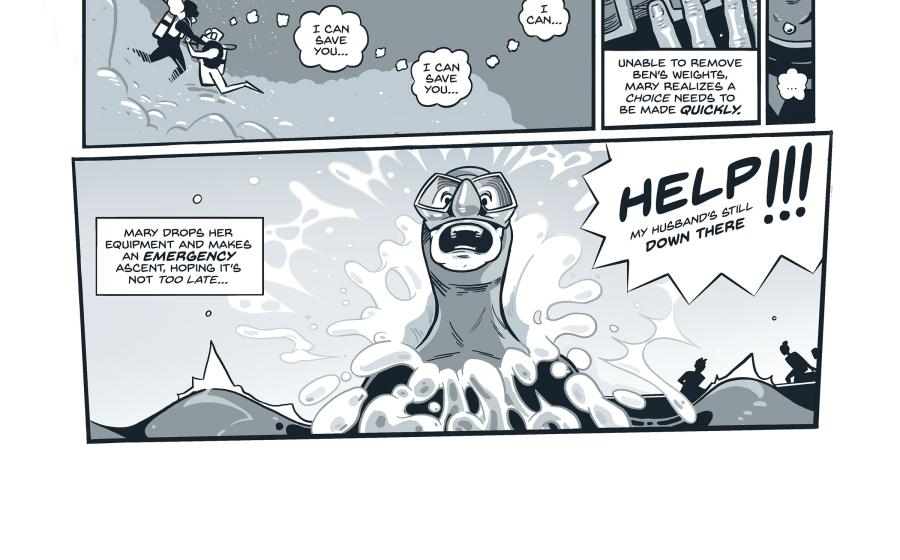Tardigrades: Facts About the Nearly Indestructible Water Bear

Eye of Science/Science SourceThe Tardigrade
Tardigrades — also known as moss piglets or water bears — are a small phylum of around 1,000 miniature species found in some of the planet’s most inhospitable places, from the highest mountains to the deepest seas. Also known as moss piglets or water bears, they move using four pairs of stumpy legs, which end in hooks or sucking discs.
Most are less than 1 millimeter in length and only visible with a microscope. Some adult marine tardigrades measure less than 100 micrometers, so 10 of them in a line would measure just 1 millimeter!
Related Reading: Getting to Know Greenland's Frosty Critters
In the oceans, tardigrades have been found in all habitats, from rock pools to the abyss at 15,000 feet. Tardigrades are some of the most environmentally tolerant of all living organisms. They enter a state of suspended animation, in which they can withstand extremes of temperature, desiccation, pressure, radiation, salinity, acidity and exposure to harmful chemicals.
Scientists recently recorded a first look at how tardigrades mate:
More Tardigrade Facts
These moss piglets can survive in temperatures as cold as -300 degrees F and as warm as 300 degrees F. Oh, and they can survive radiation exposure and massive amounts of pressure, which could allow them to live on the bottom of the ocean.
Researchers from Harvard and Oxford concluded that tardigrades would survive most catastrophic events that would wipe out the human race.
Related Reading: 3 Nearshore Habitats to Dive
Tardigrades were discovered by Johann August in 1773.
Moss piglets suck nutrients out of algae and mosses to survive, and some have been known to display cannibalistic behavior.










